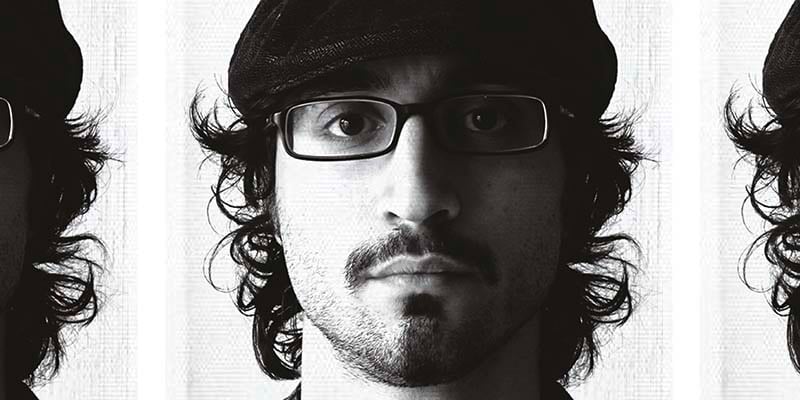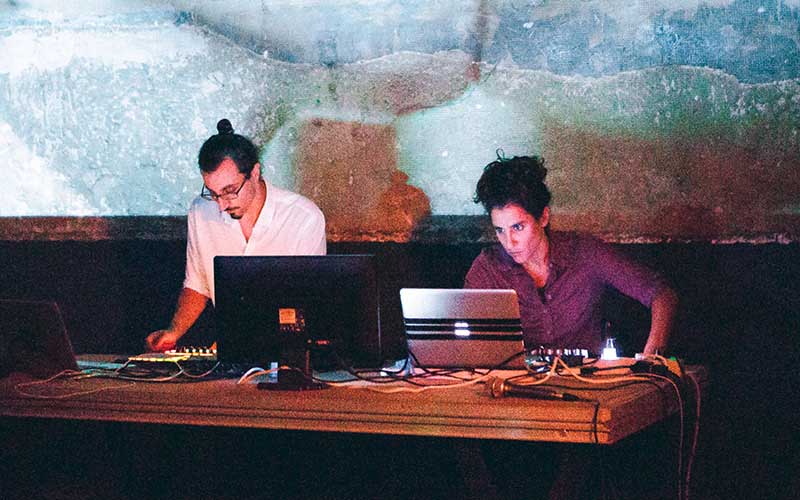“Sampling is getting inspiration from another artist. We should be able to sample every song that was ever recorded on earth”
Hip-hop producers have turned to Arabic music to provide memorable hooks and melodies, but is this sampling nothing short of cultural theft?
On 21 October 2015 a copyright infringement lawsuit filed against Jay Z and his producer Timbaland was abruptly thrown out of a US court. The dismissal brought to a close almost a decade of legal wrangling.
ALSO READ:
Meet one of the creators of Studio 54: Ian Schrager
We talk to legendary basketball videographer and photographer Kevin Couliau
At the heart of the dispute had been Khosara Khosara, a song written by the composer Baligh Hamdi and sung by Egyptian superstar Abdel Halim Hafez. Of particular interest was a sample of the song’s flute notes, which Hamdi’s nephew, Osama Fahmy, said had been used in Jay Z’s Big Pimpin’ without prior consent. Although US district judge Christina Snyder dismissed the lawsuit, the case shone a light on the sampling – legal or otherwise – of Arabic music in hip-hop. It also reignited the debate surrounding the idea of sampling as theft.
Timbaland in particular is no stranger to Arabic music. Uncredited samples of Warda’s Batwannis Beek were used in Aaliyah’s Don’t Know What to Tell Ya, while Syrian singer Mayada El Hennawy’s Alouli Ansa was sampled in More Than a Woman.
Timbaland is not alone of course. Arab hip-hop producers have prolifically sampled elements of their own heritage, frequently without credit. They have also re-mixed and re-arranged everyone from Fairuz to Umm Kalthoum. Although Lebanese hip-hop trail-blazer Rayess Bek has recently turned his attention to audio-visual collaborations such as Love & Revenge, his background is beats, quick-fire Arabic lyrics, and sampling.
“What’s amazing about hip-hop is that it has this ability to accept every kind of music and every kind of instrument,” says Rayess, whose real name is Wael Koudaih. “It is one of the only genres where you can see a double-bass, a flute, a sample from India, a piano, an oud, even a bouzouk together. Everything works with this music. Culturally speaking, socially speaking, it’s quite amazing.”
Importantly, when you sample old Arabic music, says Wael, you’re not only taking elements of the song itself, you are tapping into the texture of the recording – a certain sound that is specific to the era in which it was released.
“There is a movement in architecture that was created in the 80s called Deconstructivism,” he says. “Part of this movement said ‘ok, everything has already been created, so what we’re going to do is we’re going to take something already created and we’re going to deconstruct it and, with part of it, we’re going to reconstruct something new. I believe sampling is this same concept.
“The idea is of course to take the soul of a song. Most of the time you won’t hear the sample because, like the onions you put in a recipe, it will have melted into the dish. You don’t see them, you just taste them.”
Is this healthy cultural cross-pollination or the appropriation and exploitation of another person’s art? Wael knows where he stands. “Sampling is not stealing,” he insists. “Sampling is getting inspiration from another artist. I really think that copyright today is a huge boundary to creativity. We should be able to sample every song that was ever recorded on earth. Because this is a source. This is an archive that should be available for everyone.
– For more about Dubai’s lifestyle, news and fashion scene straight to your newsfeed, follow us on Facebook
Media: Supplied












